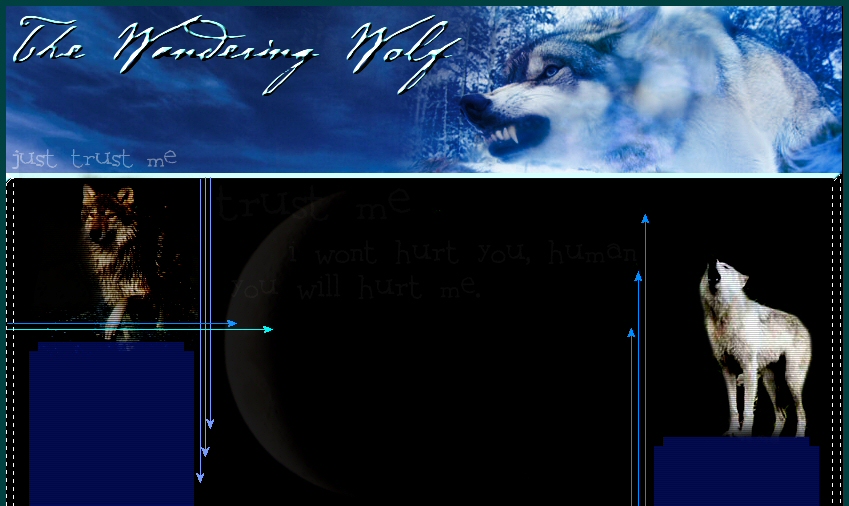

.: The Wolves :.
.: WSC Animals :.
.: The Cub :.
.: The Handwriting
.: My ABCs
.: The Basics
.: Googlism of Jade
.: The Pictures
.: The Pets
.: The Quizzes
.: The Art
.: Sister Sites :.

.: The Site :.
.: For A Wanderer
.: Competition :.
.: Contact :.
.: The Owls :.

Most owls are nocturnal, meaning they are active at night. Burrowing Owls and Snowy Owls are diurnal, meaning they are active in the day. Other owls, such as the Short-eared and Great Gray are crepuscular, meaning they are most active at dusk and dawn. Owls have several adaptations that allow them to be efficient hunters. These adaptations include large eyes, excellent hearing, sharp talons and the ability to fly silently.
Owl eyes are bigger than most other animals and they cannot rotate. Similar sized eyes in a human would be the size of softballs. Since their eyes cannot rotate they are able to turn their heads up to 270 degrees. They have sacrificed some of their color vision for an increased ability to see in low light (the rod to cone ratio is 2:1). Also, they can control each pupil individually, allowing more light to enter one eye. Owls can see two or three times better than a human (they could spot a mouse at the end of a football field). Their field of vision from each eye overlaps allowing binocular vision (3-D vision). Owls also have a third inner eyelid (nicititating membrane), which closes to protect their eye as they capture prey.
Hearing is an owl's primary aid for hunting. Large owls may dive through up to 18 inches of snow to catch prey that it heard. Their eyes are placed asymmetrically (1 is higher then the other) on their head so that they can pinpoint sound in both a horizontal and vertical plane. The arrangement of feathered around the eyes is called the facial disk. This is designed to channel sounds toward the ears. Ear tufts do not have anything to do with hearing, they are only for camoflage or display.
Except for vultures, most birds have a poorly developed sense of smell. This means its OK to put a young bird back in its nest. This also makes it much easier to eat prey such as skunks! :P
Owl claws are called talons. There are four on each foot, 3 face forward and 1 backwards. At the moment of attack, an owl spreads it toes out to grab onto the prey. Many owls have feathers all the way down their legs to protect themselves from bites once it has captured its prey. Feathers covering the feet also help keep their feet warm in cold climates.
Owls (and other birds) have mostly hollow bones so they are light as possible. They have 14 vertebrae in their necks to allow for the head movement.
Most owls have relatively large, rounded wings. The wings are broad with a large surface area relative to the weight of the bird. This allows them to fly with little effort and energy loss and not too much flapping. They can glide easily and fly slowly for long periods of time. Many species use this slow flight to hunt ground-dwelling prey from the air.
The feathers have a comb-like edge on the primary flight feathers. The edge breaks down air turbulence and muffles sound.
Owls hunt rodents, other birds, insects, skunks, and sometimes even domestic cats. After capturing an owl will fly to a perch to eat. The prey is usually swallowed whole. If the prey is too large, the owl will tear it inot smaller pieces with its beak. Owls do now have crops like other birds and regurgitate pellets containing indigestible materials such as bones, fur or feathers.